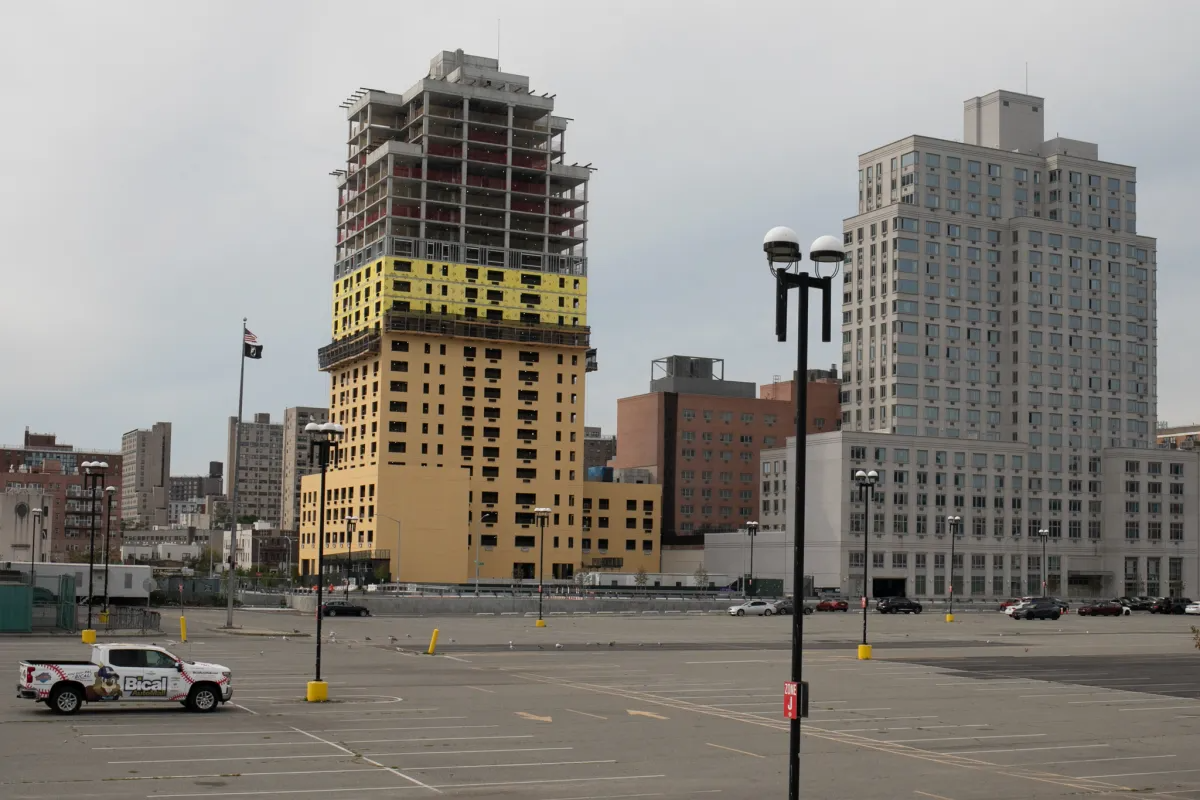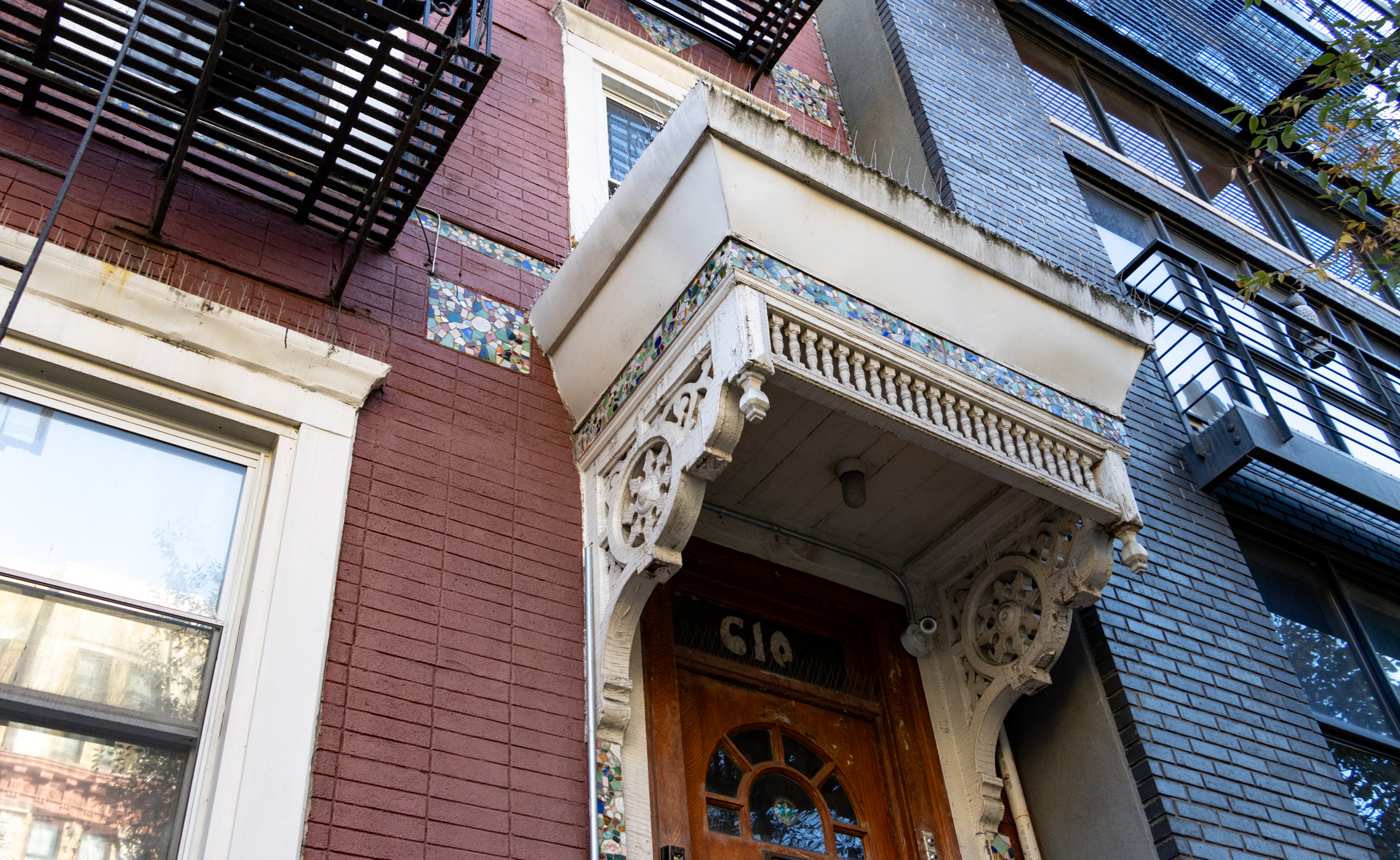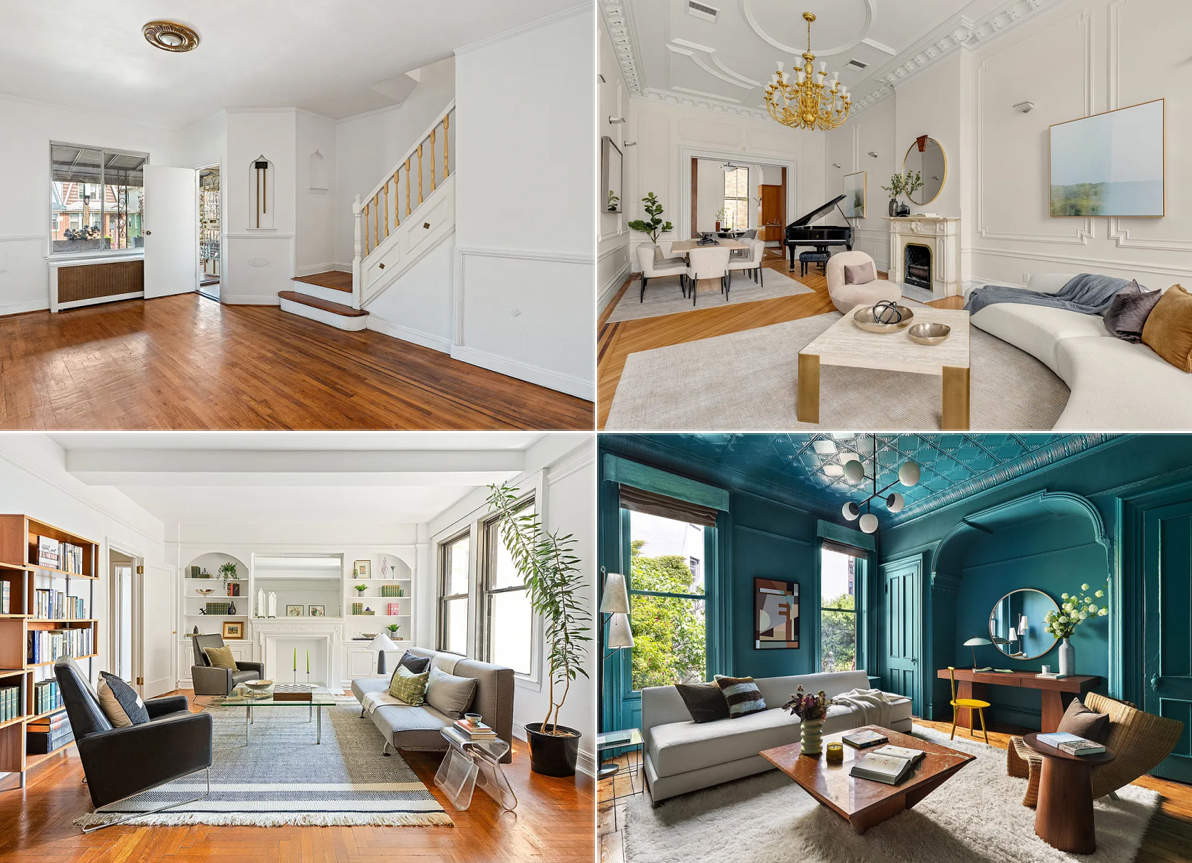Walkabout: Restoring a House in the City
I was fortunate enough to catch up with author Ingrid Abramovitch. Her new book, Restoring a House in the City is flying off the shelves in local bookstores for good reason. Anyone who is undertaking a brownstone renovation, is thinking about it, or just enjoys looking at all kinds of row house styles and decor,…


I was fortunate enough to catch up with author Ingrid Abramovitch. Her new book, Restoring a House in the City is flying off the shelves in local bookstores for good reason.
Anyone who is undertaking a brownstone renovation, is thinking about it, or just enjoys looking at all kinds of row house styles and decor, will enjoy this book. Here’s what she has to say about old houses, craftsmanship, and living in Brooklyn.

Ingrid, your book, Restoring a House in the City, introduces the reader to town and row houses located across the country, and even one in Montreal. With so many apartment and condo choices available in all of the cities featured, why do you think row house living has such a passionate appeal for so many people?
Living in an antique town house is a conscious lifestyle choice–as much a statement of identity for a certain type of city dweller as buying a Richard Meier condo would be for a very different set of urban folk.
In the case of row houses, there is the powerful allure of living in a house that has been crafted by hand, from materials that few of us could afford to buy new today, complete with architectural grace notes like ornamental plaster details and fretwork and marble mantels.
They are practically stage sets in this era of sheet-rock and cheap construction, romantic anachronisms that help to ground us from high-speed lives filled with high-tech gadgets and devices. There is a solidity to an old house that is as comforting as it is charming.
I love brownstone neighborhoods for their human scale–entrances on the street, stoop culture, a mix of homes and shops, and people of all types and ages–all the things Jane Jacobs advised us were so essential to a healthy urban experience.
And as for the houses themselves, antique row homes were the original green architecture, with window shutters to keep rooms cool, and shared walls between homes for insulation–not to mention proximity to public transportation so you can live and work in the city without having to drive anywhere.
The privacy and space of having one’s own house (and garden if you’re lucky) in the middle of the metropolis really makes you feel like you can have your cake and eat it too.
You and your family live in Brooklyn, and you are a Brownstoner reader. What are your predictions for Brooklyn living in 2010?
Montrose, I know the last couple of years haven’t been easy in Brooklyn real estate, but the strong response I am getting to Restoring a House in the City makes me feel very optimistic.
Just as the slow food movement made us appreciate the value of food that is locally sourced and made by hand, equally a new generation is rediscovering the craftsmanship, beauty and livability of the borough’s brownstones.
These homes are in finite supply and any neighborhood that has a good stock of (not overly renovated) homes should thrive. It’s happening where I live, in south Carroll Gardens. I went on the Bed-Stuy house tour a couple of months ago, and saw all those amazingly intact homes, and while I was there I checked out Brownstone Books and that wonderful restaurant Saraghina. If I had to put my money down, I’d do it in Bed-Stuy.
Many thanks to Ingrid, and to Chrissa Yee at Artisan Books. More information about the author and book can be found here.





benson, no screwguns, sawzalls, belt sanders, pneumatic floor nailers…
Fantastic book which we cant stop reading. We’ev been in a few of the houses and they all feel really special.
DIBS that house with the hallway above is actually a nice modern interpretation that works really well.
Denton too bad nothing on DOB issues which we are currently struggling with…Happy New Year folks.
DIBS;
I acknowledged that the plaster wall and celing was done by hand (using tools, of course). As far as the rest of the house: what is hand made? Mortaring fieldstone to form a foundation? That is “hand made”? I don’t think so. It’s exactly analogous to brick-laying, which is done in the same manner today as 100 years ago. Nailing in milled woodwork? What is “hand made” about that?
I’ll grant you that some of the materials were superior, and certain techniques required superior craftmandship. That’s not the same as saying that a home was “hand-made” Let’s not get carried away with the romanticism that is applied to these homes.
By the way: drywall is a superior material : b
benson, back in the 1880s, yes, many of the molding detail was beginning to be machine-made but that’s about it. All of the plaster detail, the foundation laying, walls, ceilings and everything else was done by hand.
Believe it or not, drywall didn’t exist until the 1950s.
Let me expand on my point above.
Except for the application of the plaster wall, can someone identify what part of a rowhouse was “crafted by hand”??
Brownstones were put together from machined parts, much as homes today.
“there is the powerful allure of living in a house that has been crafted by hand”
Crafted by hand ?!?!?!!? Huh?!?!!?
I’ll take a hit of what she’s smoking.
She is so right about living in an old home when she says old homes,
“…are romantic anachronisms that help to ground us…”
her acknowledgement of Bed-Stuy as a place to buy for town house lovers,is important and prescient.
Thanks for the story.
Park Slope parents would never let their children slide down a bannister.
My aunt used to live in a wonderful studio in a brownstone in the West Village. I fell in love with it and my dream was always to live in an old townhouse. She lived on the parlor floor and had 16 foot ceilings, marble fireplace with a huge mirror above it and floor to ceiling French windows that opened like doors onto a tiny balcony. And the hallway bannister was great fun for sliding down!